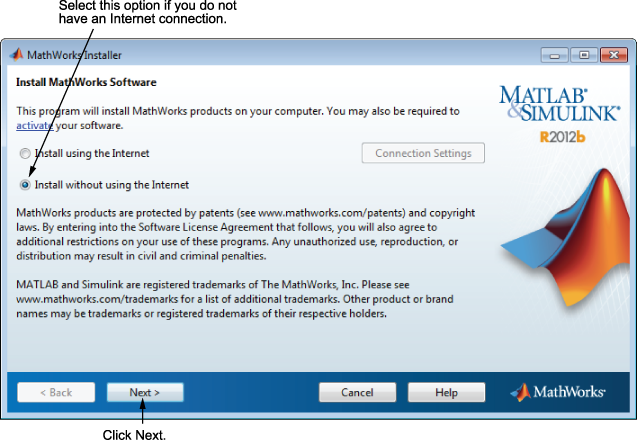Programma Inter Zhalyuzi
понедельник 04 февраля admin 85
CALL FOR ABSTRACTS EDUCATION AND POST-DEMOCRACY. The FIRST INTERNATIONAL CONFERENCE of the JOURNAL SCUOLA DEMOCRATICA will be hosted at the University of Cagliari, Italy, June 6 through 8, 2019, by Scuola Democratica, Centro Interuniversitario per la Ricerca Didattica (University of Cagliari and University of Sassari), Il Mulino.
Contents • • • • • • • • • • • • • • • • • History [ ] The Inter-A program was devised by Victor Vollrath and John Harper. [ ] The two teachers were sharing a classroom and teaching at opposite sides, when they came to the realization that this way of teaching was highly productive for students.
In fact, individual students with the skills and motivation to excel maintain this level of productivity to this day. Thus, Inter-A was born. The program was originally located at Len Shepherd Secondary School. There it remained for many years, and the school was separated into Inter-A and the original Len Shepherd students evenly.
Inter-A started off small, with thirty or less students ranging from grades 8-12. Inter-A moved to Kwantlen Park Secondary School in 2002, opening the door to many more students. Victor Vollrath and John Harper retired as teachers a year later, but their ideas were passed off onto the new teachers. Academics [ ] Inter-A students can be found in the hallways at different times of the day, which suggests that Inter-A has more freedom than its mainstream counterpart.
It offers all the electives necessary for graduation and a place at any or in or in. The main differences are that is demanded of the students until graduation, Fine Arts programs are chosen by the students, and the Inter-A Component. The students are broken off into two categories: Intermediates (grades 8-9) and Seniors (10-12). There are six blocks in the day, as opposed to the standard four to accommodate the average high school attention span. There are also six units of six (occasionally seven) weeks per school year, with a report card at the end of each one, as opposed to the two-semester system.
This section may be to readers. Please help us.
There might be a discussion about this on. ( February 2019) () Physical Education is divided between Seniors and Intermediates on alternating days. Anyone can run a PE option, grade 8-12. The teachers run options to join as well. (All marks are out of 100%, but are then scaled down to 75%. The remaining 25% goes to the Inter-A Component, which is based on three criteria.
The three criteria are: Community Service (10%), Choice (10%), and CPP (5%).) Fine Arts [ ] Fine Arts occurs over the course of three blocks, one day a week. Like P.E, anyone can run an option for it with the options the teachers are running as well. (All marks are out of 100%, but are then scaled down to 75%.
The remaining 25% goes to the Inter-A Component, which is based on three criteria. The three criteria are: Community Service (10%), Choice (10%), and CPP (5%).) Community service [ ] Students earn credit by participating in community service. Ten hours of work is required every unit. A log must be kept by the students and signed by an appropriate overseer. Community Service can be completed within the school.
This can be as simple as tutoring a fellow peer, or as complex as running the school's program. Many students go above and beyond, completing up to 20 hours of Community Service a unit. [ ] There are no 'roll-over' hours. CPP [ ] Career and Personal Planning is similar to CSL [ ] in the fact that students set goals for themselves. However, these goals are checked bi-weekly and must be signed by the pupil's legal guardian. A portfolio of the student's work is also gathered in this class as evidence of their academic progress. Choice [ ] Students in grade 7,8, and 9 can elect to run a choice seminar. 
